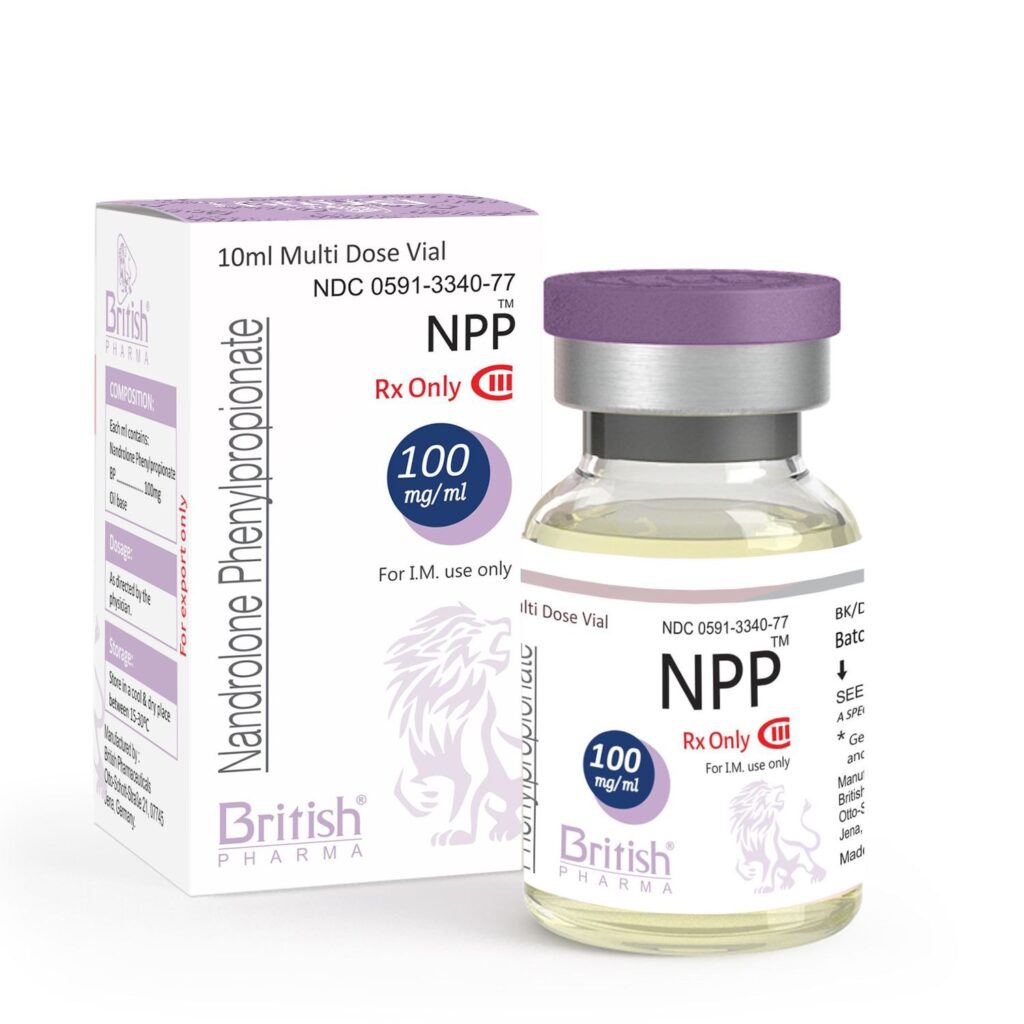when steroids don’t work for back pain: Exploring Alternative Approaches
Introduction
Back pain is a prevalent condition that can significantly impact one’s quality of life. For many individuals, steroid injections have been a common treatment option to alleviate back pain. However, there are cases where steroids may not provide the desired relief. In this blog post, we will explore the potential reasons why steroids may not work for back pain and delve into alternative approaches that can be considered.
I. Understanding Steroid Injections for Back Pain in regards to when steroids dont work for back pain
A. Mechanism of Action in regards to when steroids don’t work for back pain
Anti-inflammatory Properties
Pain Relief Effects
B. Common Steroid Injections in regards to when steroids don’t work for back pain
Epidural Steroid Injections (ESIs)
Facet Joint Injections
Sacroiliac Joint Injections
C. Potential Benefits and Limitations in regards to when steroids don’t work for back pain
II. Possible Reasons for Steroid Ineffectiveness
Steroid injections are commonly used to alleviate various inflammatory conditions, but there are instances where they may not provide the desired relief. Understanding the potential reasons for steroid ineffectiveness can help shed light on this phenomenon and guide individuals towards alternative treatment options.
One possible reason for steroid ineffectiveness is an incorrect diagnosis. Back pain can have multiple underlying causes, and steroids may only be effective for certain types of pain. If the root cause of the pain is misidentified, the steroids may not target the source of inflammation, leading to minimal or no relief.
Structural issues can also contribute to steroid ineffectiveness. Mechanical back pain, caused by muscle strain or spinal misalignment, may not respond well to steroids as their primary action is to reduce inflammation. Additionally, if the pain is due to nerve compression, such as a herniated disc, steroids may not directly alleviate the pressure on the nerves, resulting in limited pain relief.
Another factor to consider is tolerance and resistance. Repeated steroid injections can lead to diminished response over time, as the body may develop a tolerance to the medication. Furthermore, individual variations in steroid sensitivity can influence the effectiveness of the treatment. Some individuals may simply not respond as effectively to steroids due to their unique biological makeup.
In conclusion, several factors can contribute to steroid ineffectiveness, including incorrect diagnosis, underlying structural issues, and individual variations in response. It is crucial for healthcare professionals to thoroughly evaluate the cause of pain and consider alternative treatment options when steroids prove ineffective. By understanding these factors, individuals can work with their healthcare providers to explore alternative approaches that may better address their specific condition and provide the relief they seek.
A. Incorrect Diagnosis
Identifying the Underlying Cause of Back Pain
Differentiating Between Inflammatory and Non-inflammatory Conditions
B. Structural Issues
Mechanical Back Pain
Nerve Compression
C. Tolerance and Resistance
Repeated Injections and Diminished Response in regards to when steroids don’t work for back pain
Individual Variations in Steroid Sensitivity
III. Alternative Approaches to Address Back Pain (Word Count: 900)
A. Physical Therapy and Exercise
Strengthening Core Muscles
Improving Flexibility and Posture
B. Manual Therapy
Chiropractic Care
Osteopathic Manipulative Treatment (OMT)
C. Non-Steroidal Anti-Inflammatory Drugs (NSAIDs)
Use of Oral Medications in light of when steroids don’t work for back pain
Topical NSAIDs for Localized Relief
D. Acupuncture and Massage Therapy
Stimulating Acupoints
Promoting Relaxation and Pain Relief
E. Mind-Body Techniques
Yoga and Tai Chi
Meditation and Mindfulness
F. Interventional Procedures
Radiofrequency Ablation (RFA)
Spinal Cord Stimulation (SCS)
IV. Multidisciplinary Pain Management (Word Count: 400)
A. Collaborative Approach
Involvement of Various Healthcare Professionals
Individualized Treatment Plans
B. Psychological Support and Cognitive-Behavioral Therapy (CBT)
Addressing Emotional Factors
Coping Strategies for Chronic Pain
V. Lifestyle Modifications and Self-Care (Word Count: 300)
A. Ergonomics and Posture
Proper Body Mechanics
Ergonomic Workstations
B. Weight Management and Exercise
Reducing Excess Weight
Low-Impact Exercise Options
C. Stress Management and Sleep
Stress Reduction Techniques
Establishing Healthy Sleep Habits
VI. Seeking Professional Advice (Word Count: 200)
A. Consulting with a Specialist
Pain Management Physicians
Orthopedic Specialists
B. Individualized Treatment Plans
Tailoring Approaches to Specific Needs
Monitoring Progress and Adjusting Treatment as Necessary
Conclusion in regards to when steroids don’t work for back pain
While steroid injections can be an effective treatment option for back pain, there are instances where they may not provide the desired relief. Understanding the potential reasons for their ineffectiveness and exploring alternative approaches can help individuals find alternative solutions for managing their back pain. It is essential to seek professional advice, consider a multidisciplinary approach, and make lifestyle modifications to optimize pain management and improve overall well-being.

